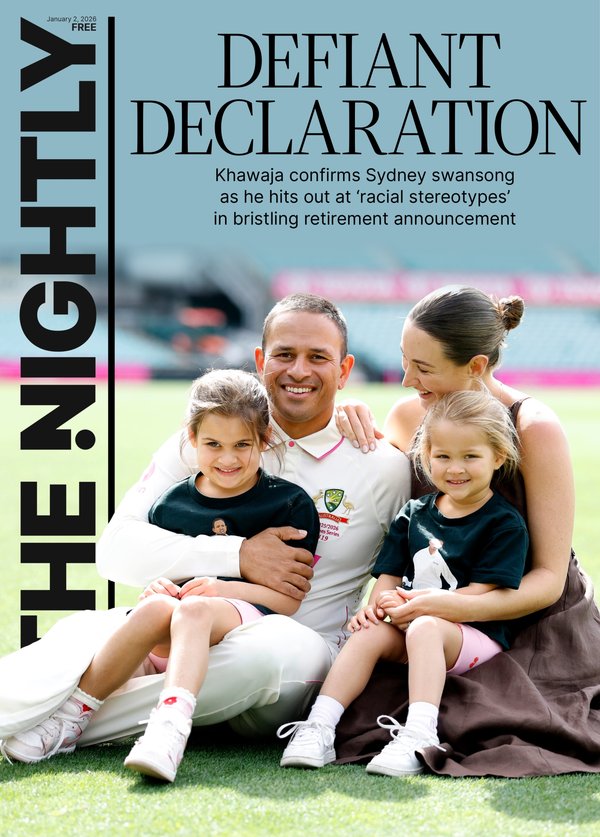Thirty years since Kurt Cobain’s shock death, his legend continues to grow
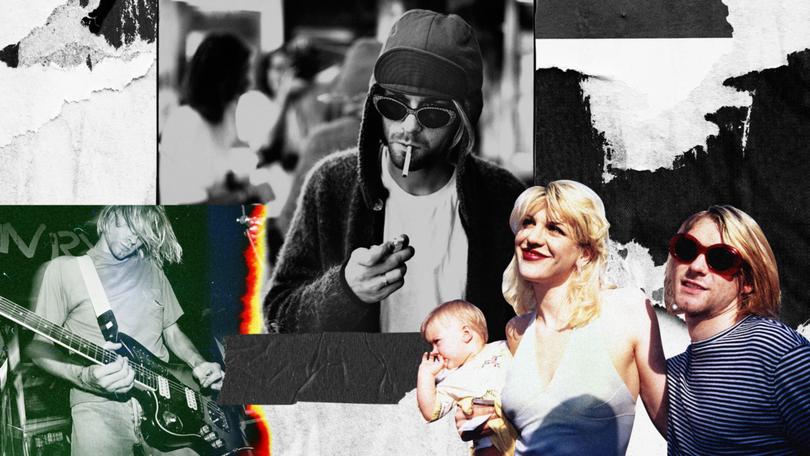
Let’s start at the end: April 5 1994. Kurt Cobain was alone when he died, in a greenhouse above a garage at the back of his home in Seattle. In his hand was a shotgun; in his bloodstream, a cocktail of heroin and Valium; by his side, a rambling suicide note, scrawled in red ink, a pen stabbed through its centre. “This note should be pretty easy to understand,” wrote its “miserable, self-destructive, death rocker” author, before quoting a Neil Young lyric: “It’s better to burn out than to fade away.” He was 27 years old.
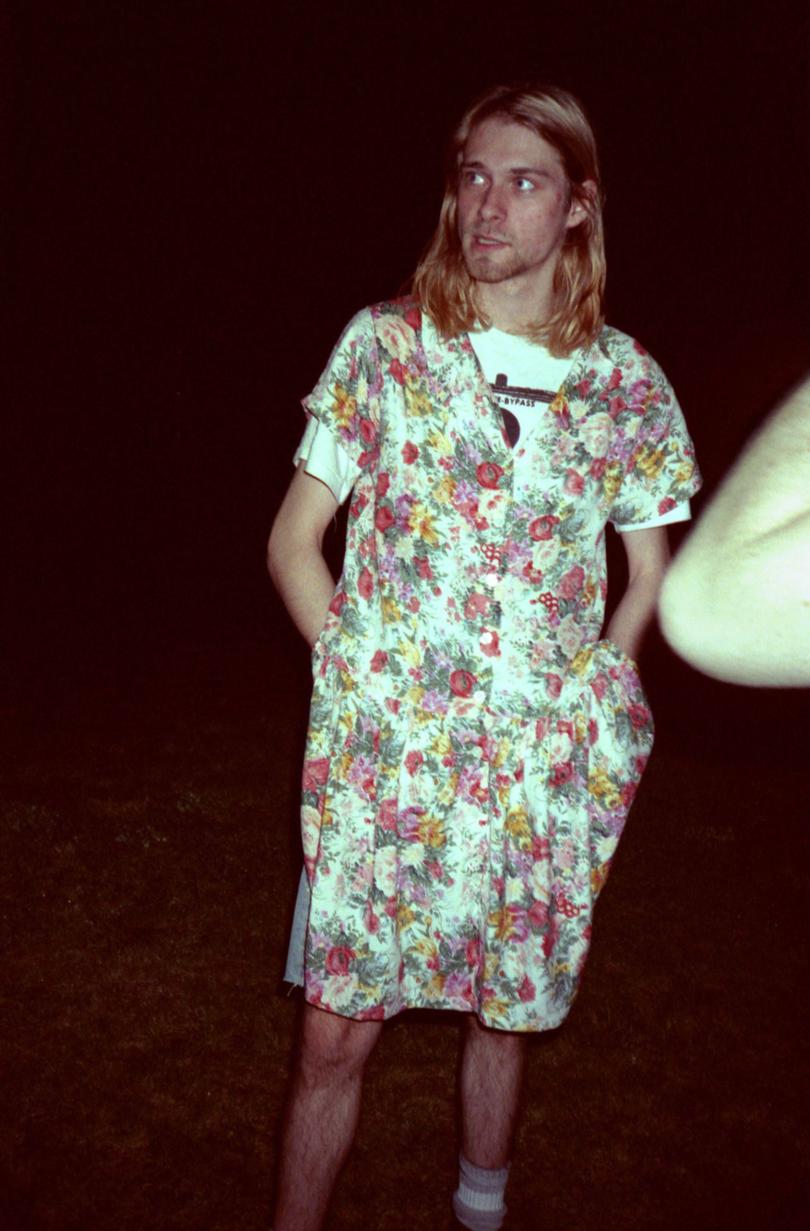
Three decades on, Cobain’s death remains one of the great tragedies of rock ’n’ roll. He was so young, so beautiful, so talented; a hypersensitive soul whose raw, emotionally intense music, made with his grunge power trio Nirvana, had pierced the heart of popular culture and earned him a permanent position in the cultural pantheon.
Sign up to The Nightly's newsletters.
Get the first look at the digital newspaper, curated daily stories and breaking headlines delivered to your inbox.
By continuing you agree to our Terms and Privacy Policy.He left behind just three albums. Listen to the first, Bleach, and you can still hear the sound of three young American punks making noise so wildly uncompromising that they would surely never have dreamt of the mainstream stardom that lay ahead, ready to engulf them. On its release, by the indie label Sub Pop in June 1989, Bleach drew a murmur of critical interest, sold 40,000 copies – and left the charts unbothered.
Yet, it did enough to catch the attention of the major label Geffen, which threw its corporate muscle behind the band’s more tautly honed second album, Nevermind, on which Cobain’s existential rage and despair seemed to embody the angst of an entire generation. Released in September 1991 – and featuring the band’s unimprovable line-up of Cobain, bassist Krist Novoselic, and drummer Dave Grohl – it stormed the charts on the back of an era-defining opening track, the slacker anthem Smells Like Teen Spirit, to shift more than 30 million copies around the world and place it among the 50 bestselling albums of all time.
Two years later, Nirvana followed it up with what would prove to be their final studio album. In Utero found Cobain reacting against his unexpected fame and fortune by amping up the sludgy brutality and emotional ennui – but the album still went on to sell 15 million copies, making it surely the most wilfully uncommercial album ever to hit such heights. To his adoring public, the troubled Cobain represented a pure shot of authenticity amid the shiny plasticity of pop culture; a hero for their times.
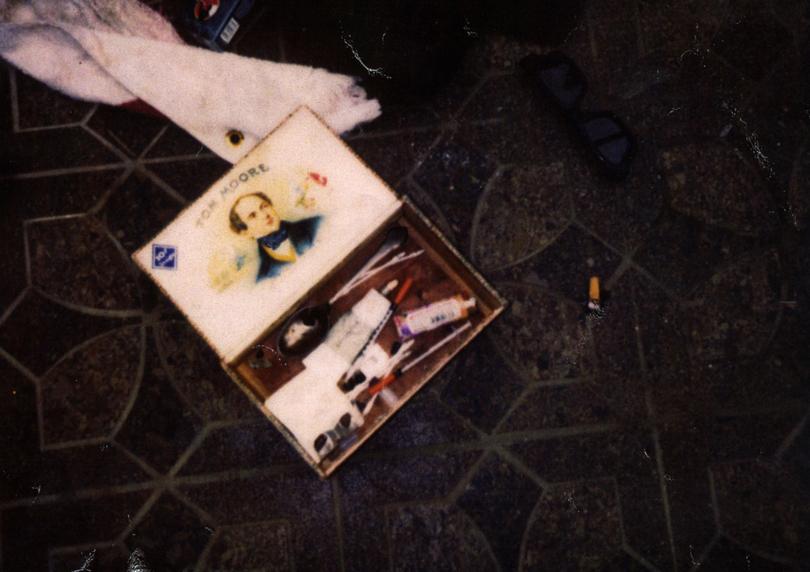
And yet his death went unnoticed for nearly 36 hours. On the day he died, his wife, Courtney Love, was in Los Angeles with their 19-month-old daughter, Frances Bean, preparing the latest album by her band, Hole. The previous week, Cobain had checked into a drug rehabilitation centre in the city; he had overdosed on Rohypnol in Rome a month earlier and was locked in an ongoing battle with heroin addiction. But on April 1, Cobain scaled the facility’s perimeter wall and made his way back to Seattle. Over the next few days, there were various sightings – both by friends who took drugs with him and those who tried to persuade him to stop — followed by a brief period when the world’s most famous rock star seemed to have dropped off the face of the Earth.
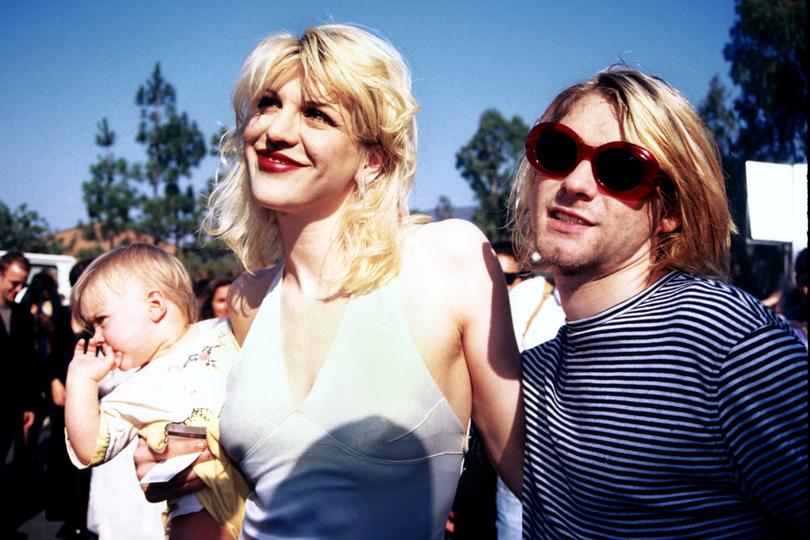
The news of his death finally broke on April 8, when an electrician arrived to install an alarm at his home and made a gruesome discovery. And there begins the afterlife of Kurt Cobain, 30 years (and counting) in which his fame, meaning and influence have grown only greater.
“I remember it was a school day; a normal, sunny day, kids running around the house, when it came on the TV news,” recalls Amy Lee, who in 1994 was a budding 12-year-old musician. Only months later, at a Christian youth camp, she would meet Ben Moody, the aspiring guitarist with whom she went on to form the multimillion-selling American rock band Evanescence. “I felt it so hard, I was crying, watching in total disbelief. In Utero was the first album I ever had and Nirvana were my favourite thing in the whole world. So it was like I had just fallen in love – and he was dead. It was so shocking to me, but it made me dive deeper into the music and start listening to the lyrics [as written] from the perspective of somebody who was crying out in pain.”
The violent manner of Cobain’s death marks it out as perhaps the most striking act of self-destruction by any musical superstar; a bullet to the head has a savage finality that goes beyond the messy, druggy slipping away of so many other members of rock’s so-called “27 Club” – Brian Jones, Jim Morrison, Jimi Hendrix, Janis Joplin and, more recently, Amy Winehouse among them – each one dead before their 28th birthday. “I want to say that what impacted me most about Kurt Cobain was his music: that raw, unpretentious, unfiltered expression of his authentic self. I would like to really believe that it would have been just as powerful if he had lived,” says Lee. “But his death shook up everything. It opened all kinds of doors for me: about expressing my own deepest, darkest feelings; about being willing to go all the way.”
Cobain admitted that, with Smells Like Teen Spirit, he was trying to write the ultimate pop song — an ambition that would have been considered deeply uncool among Seattle’s slacker grunge scene.
If Nirvana were huge before Cobain died, they have become legendary since, their influence exerting a global, cross-generational grip. “Some artists are so big that they are already part of the lore before you even get into the music,” says Joel Smith, of University, an emerging young British rock band from Crewe. “And I feel like I knew Kurt Cobain before I’d even heard Nirvana.” As for so many of his peers, for Smith – who, now 21, wasn’t yet born when Cobain died – the briefness of Nirvana’s existence and the relative scarcity of their music only adds to the band’s mythic allure. After all, he says, “there’s only so much space an artist can actually take up until the songs don’t mean as much as they used to. Due to unfortunate circumstances, Nirvana got a perfect trilogy.”
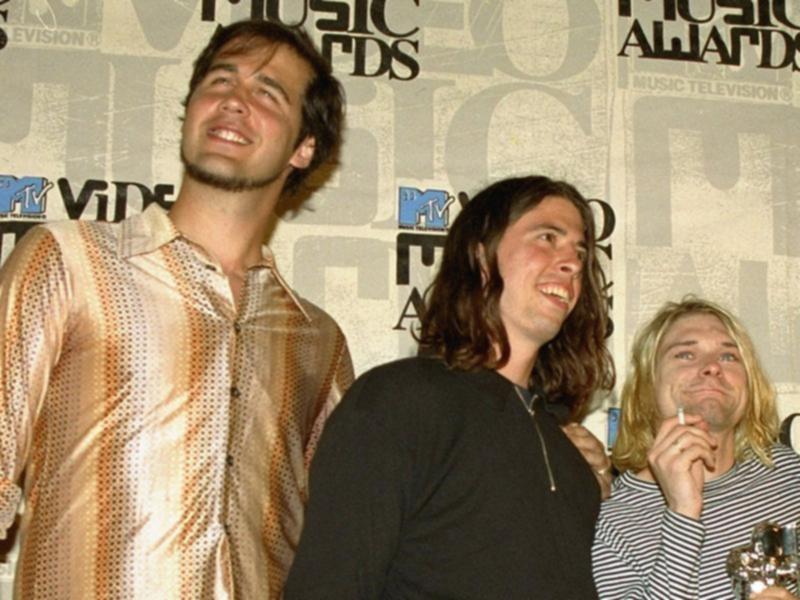
From that concise discography, a worldwide industry has sprung. There have been Nirvana live albums, compilations and box sets, documentaries and even a Kurt Cobain opera (2022’s Last Days, itself a reinterpretation of Gus Van Sant’s 2005 film of the same name). Publishers have poured out a torrent of photobooks, biographies and critical appreciations, including Cobain’s own Journals, released in 2002, a collection of writings and drawings culled from his handwritten notebooks. To the dismay of his surviving bandmates, Cobain has also featured as a playable character in a video game, 2009’s Guitar Hero 5. Last year, a Fender Stratocaster guitar he smashed on stage sold at auction for nearly $600,000 (£472,000).
And still the public appetite for Cobain and the band he led seems far from sated. “I see people come to our shows who are obsessed with them, even more than when I was younger,” Smith says. “If you’re online, browsing music channels, you can’t miss Nirvana.” Since the dawn of the digital era, Smells Like Teen Spirit has been streamed nearly two billion times, making it (along with Queen’s Bohemian Rhapsody) one of two tracks from the 20th century to retain a place today in Spotify’s chart of the top five rock songs of all time.
What is it about Nirvana’s music that continues to seduce each new generation that encounters it? As a songwriter, Cobain found a way to combine the economy and pop structure of what he called “jangly” bands – such as the Beatles and REM – with the heavy power of classic rock, and a fierce art-punk energy reminiscent of Sonic Youth and the Pixies. It is a potent blend, one that led Courtney Love to describe her husband as a combination of “Johnny Rotten, John Lennon, Led Zeppelin and Leonard Cohen”.
The band assembled to bring these songs to life could hardly have been bettered: Novoselic’s bass lines are liquid and mesmerising; Grohl’s drums, frenzied yet direct; the attacking fuzz of Cobain’s rhythm guitar is perfectly complemented by his fluid lead motifs. Much was made of the way Nirvana would shift restlessly between quiet and loud, but that is just one of the many dichotomies embedded in their music, which also flips between intimacy and expansiveness, melancholy and fury, profundity and meaninglessness. So melodiously and emotionally rich are Cobain’s songs that they sound every bit as wonderful stripped of their rock bravado and carried by the singer’s fractured voice on MTV Unplugged in New York, a posthumously-released acoustic set, recorded live before a television audience, which went on to sell more than seven million copies.
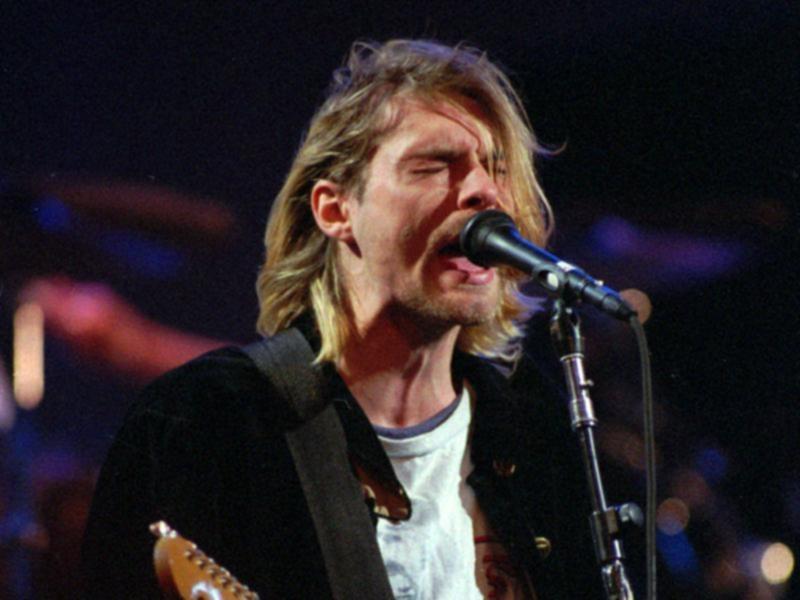
Cobain admitted that, with Smells Like Teen Spirit, he was “trying to write the ultimate pop song” — an ambition that would have been considered deeply uncool among Seattle’s slacker grunge scene. It goes some way towards explaining why Nirvana’s songs have endured while so many of their contemporaries faded fast (Alice in Chains, Stone Temple Pilots, Mudhoney) or mutated into worthy heritage rock acts (Pearl Jam, Soundgarden). Later bands that have attempted to follow Nirvana’s blueprint — Bush, Nickelback and, ultimately, Dave Grohl’s subsequent outfit, Foo Fighters, among them – have found commercial success without getting anywhere close to the depth of feeling Cobain’s work conveys.
Thirty years after his death, it’s not unusual to catch a world-conquering singer-songwriter of a later vintage and a different stripe doffing their cap to Cobain. Lana Del Rey, who was nine when Cobain died, describes his music as “my primary inspiration”, while 22-year-old Billie Eilish recently revealed that she looks to Cobain – and his suicide note – to understand the terrifying loneliness of fame. “It’s horrifying, the most tragic s--- I’ve ever heard. In the letter, he’s like, ‘I have everything in the world, and I absolutely hate it.’ He was so ashamed that he wasn’t enjoying it. And I get why he was feeling that way. It’s just not what you think it’s going to be.”
Cobain was no saint. There was an angry, whiny and highly volatile side to his character, and he certainly did not always treat the people around him with respect. As a teenage high-school dropout, he had been a wanton vandal; as a band leader, he exercised total authority over his fellow musicians; as a narrator of his own life story, he was highly unreliable; and as an avowed family man, he ultimately abrogated all responsibility to those closest to him.
Yet, unusually among rock stars of his era, he also embodied attitudes that now appear ahead of their time. His songs addressed sexual assault and toxic masculinity long before that term entered the vernacular. He wrestled openly with self-hatred, depression and other mental-health issues (as a child, he was prescribed Ritalin). And he was both an advocate for women’s rights and a champion of female musicians, outspoken in his support of the Riot Grrrl movement that arose alongside grunge, all reasons why he continues to resonate down the decades.

Amy Lee recalls a moment from her first school dance, “feeling completely alone, while they’re playing trite pop songs that I hated”. Then Heart-Shaped Box from In Utero came on, “and I remember standing in front of the amplifier like a total weirdo, with my eyes closed, just wanting to live inside the song. That’s the power of the sound, the words, his voice – everything about it sucked me in. I heard Kurt sing, and I was completely changed.”
“Everyone we knew growing up was into Nirvana,” adds Mollie McGinn, a 24-year-old member of the Northern Irish duo Dea Matrona. “I feel like their influence is everywhere in our generation, maybe even more than the Beatles, because they embody that angsty, honest, true-to-yourself, authentic vibe. It’s so important to speak right from the heart now, and nobody did that better than Kurt Cobain.”
